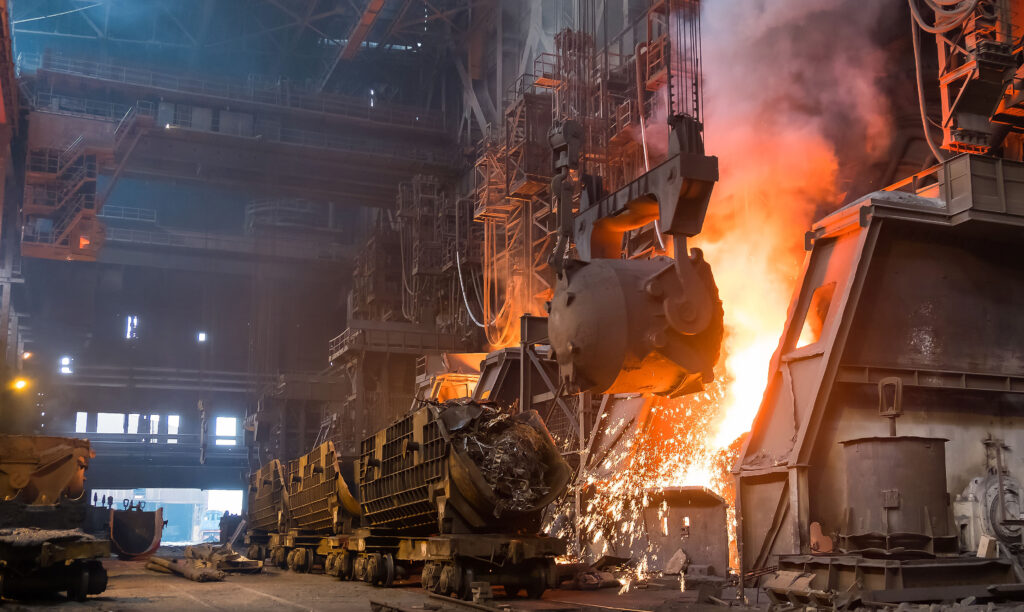Decarbonization in manufacturing

Focus on intensive industrial processes
Description
Although industry produces about one-quarter of global GDP and employment, it also produces 28 percent of the world’s greenhouse gas emissions. This reality is tied up with mounting political pressure to mitigate global environmental degradation. The Paris Agreement of 2015 would require an 80 to 90 percent reduction in global greenhouse gas emissions to limit global warming to two degrees Celsius. These targets cannot be reached without decarbonizing industrial activities.
Decarbonizing industry will not be easy, especially among four sectors that contribute 45 percent of its carbon dioxide emissions: cement, steel, ammonia, and ethylene. The process demands reimagining production processes from scratch and redesigning existing sites with costly rebuilds or retrofits. Furthermore, companies that adopt low-carbon production processes will see a short- to mid-term increase in cost, ultimately placing them at an economic disadvantage in a competitive global commodities market.
Relevance
Manufactured materials from intensive industrial processes – notably cement, steel, ammonia and ethylene – are important foundational materials for other manufacturing processes/materials. Reducing the carbon footprint in the manufacturing of these processes would reduce the broader system’s carbon footprint.
Learn more
Vision
EIT Manufacturing vision for the future of Manufacturing in Europe in 2030, called ‘Fixing Our Future
Enablers
Enablers for future change and actions to make the vision, as described in Fixing Our Future, a reali
Signals
A knowledge library of over 100 signals of change, as examples of emerging manifestations towards the
About the project
Learn more about the background, the process and the people and the contributors behind this project.

